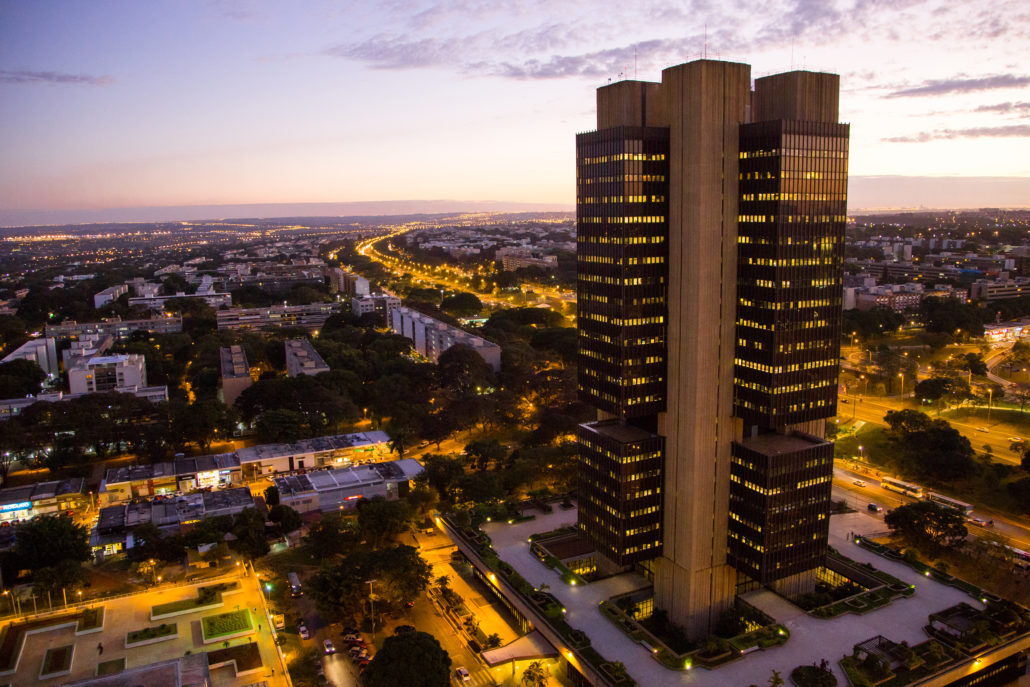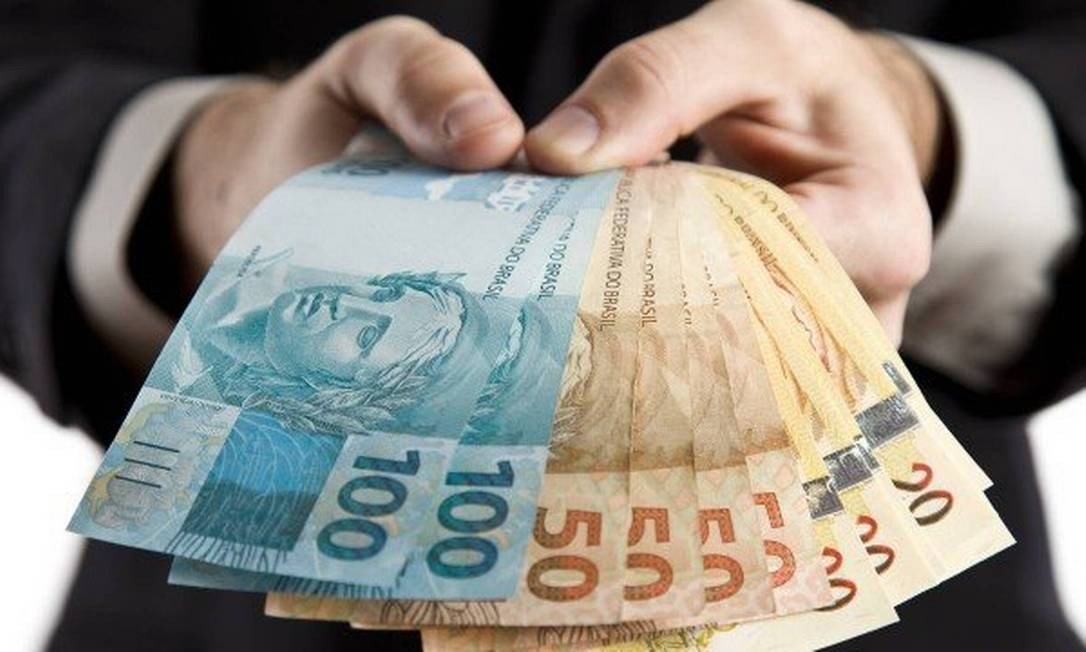RIO DE JANEIRO, BRAZIL – For the third time running, the Central Bank (BC) reduced the economy’s basic interest rates. The Monetary Policy Committee (COPOM) has unanimously reduced the SELIC rate to five percent a year, with a 0.5 percentage point cut. The decision had been expected by financial analysts.

Following yesterday’s decision, October 30th, the SELIC rate is at its lowest level since the Central Bank began keeping historical records in 1986. From October 2012 to April 2013, the rate was steady at 7.25 percent per year and began to be gradually raised, reaching 14.25 percent per year in July 2015. In October 2016, COPOM again reduced the basic interest rates of the economy until the rate reached 6.5 percent per year in March 2018, only to be reduced again in July of this year.
In a statement, the Central Bank reiterated the need for continuity in the structural reforms of the Brazilian economy so that interest rates remain at low levels for a long time. The text stated that a further reduction of 0.5 points should occur before the end of the year. “The Committee assesses that the consolidation of the benign scenario for prospective inflation should allow an additional adjustment of equal magnitude,” the text said. The next Copom meeting is scheduled for December 10th and 11th.
Inflation
The SELIC is the Central Bank’s main instrument for keeping official inflation under control, as measured by the Broad National Consumer Price Index (IPCA). In September, the indicator closed at 2.89 percent in the accumulated 12-month period. Last month, the IPCA recorded deflation of 0.04 percent, the lowest percentage for September since 1998.
For 2019, the National Monetary Council (CMN) set an inflation target of 4.25 percent, with a tolerance margin of 1.5 percentage points. The IPCA, therefore, cannot exceed 5.75 percent this year or drop below 2.75 percent. The target for 2020 was set at 4.0 percent, also with a plus-or-minus tolerance of 1.5 percentage points.
In the Inflation Report published in late September by the Central Bank, the monetary authority expects the IPCA to close at 3.3 percent in 2019, remaining below four percent by 2022. According to the Focus bulletin, a weekly survey of financial institutions published by the Central Bank, official inflation should close the year at 3.29 percent.

Cheaper credit
The reduction in the SELIC rate boosts the economy because lower interest rates cheapen credit and encourage production and consumption in a scenario of low economic activity. In the last Inflation Report, the Central Bank projected a 0.9 percent growth in the economy this year and 1.8 percent in 2020.
Prospects are in line with the market. According to the Focus bulletin, economic analysts forecast growth of 0.91 percent of Gross Domestic Product (GDP) in 2019.
The basic interest rate is called the Special System for Settlement and Custody (SELIC), and is used in the trading of government bonds as well as a reference for the interest rates.
By readjusting it upwards, the Central Bank holds back excess demand, which puts pressure on prices as higher interest rates make credit more expensive and encourage savings.
By reducing basic interest rates, COPOM cheapens credit and encourages production and consumption, but undermines the control of inflation. To cut the SELIC, the monetary authority needs to be sure that prices are under control and are not at risk of rising.
Source: Agência Brasil

